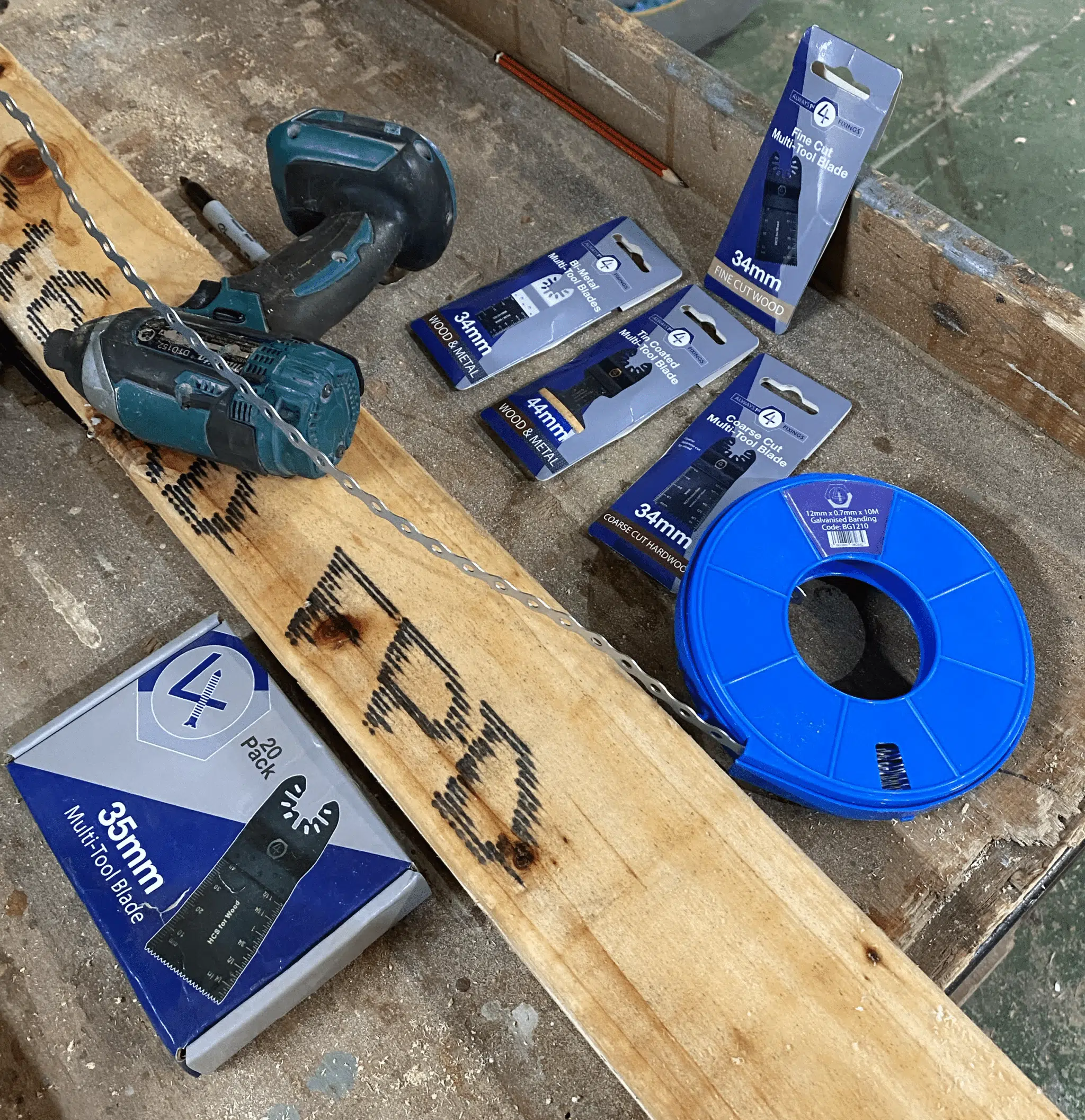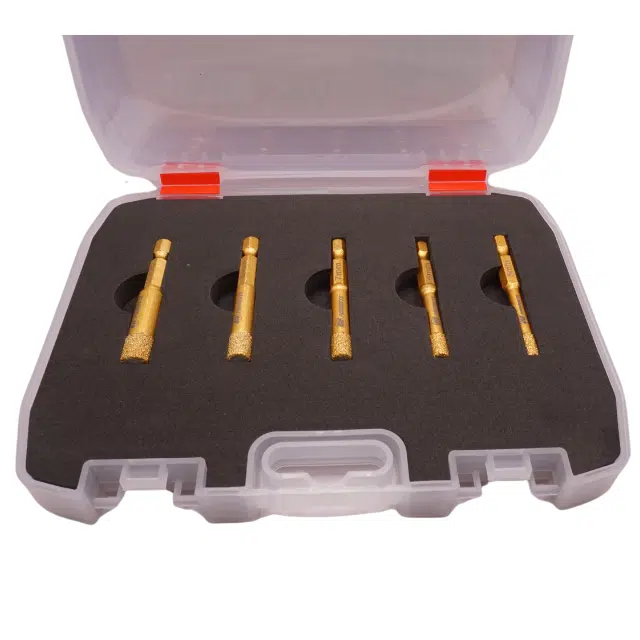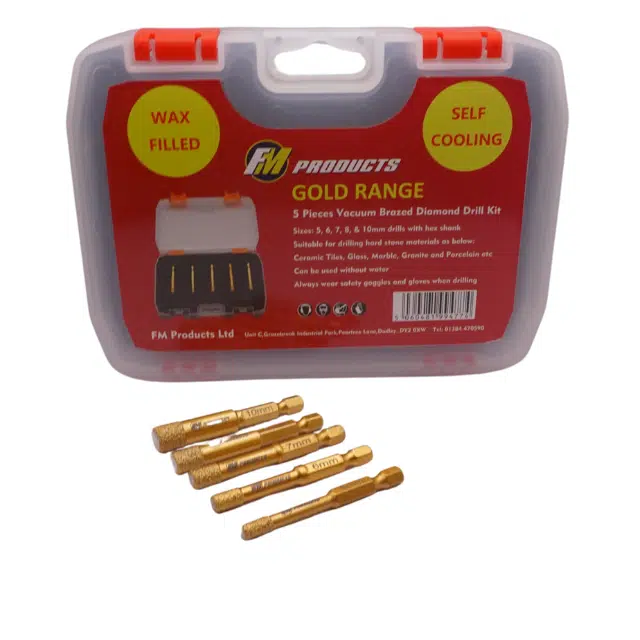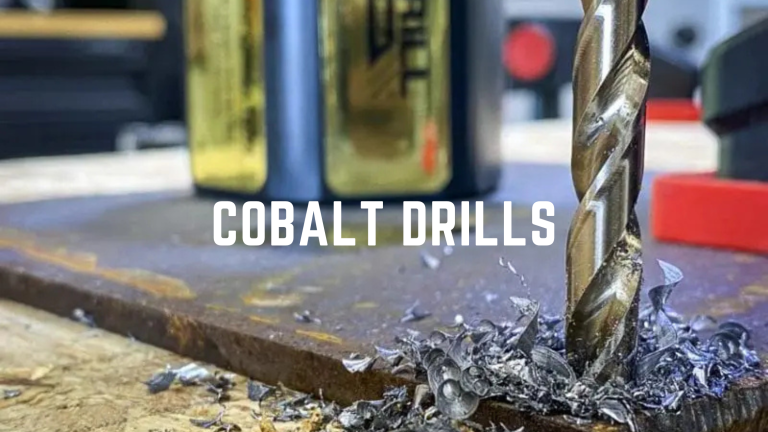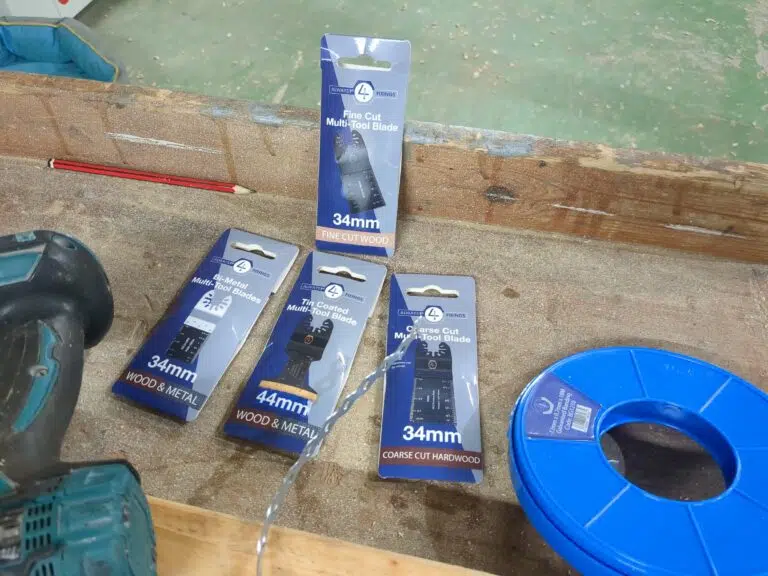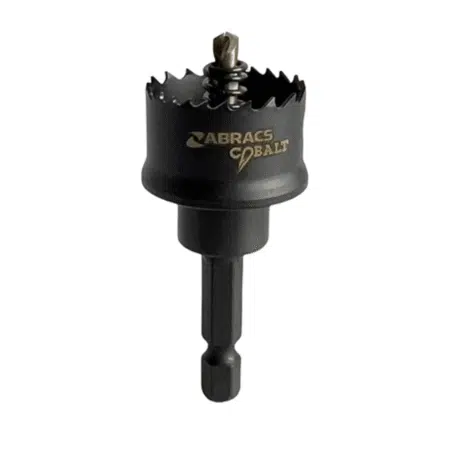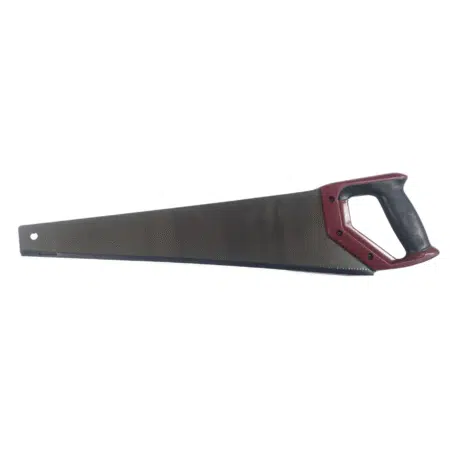It’s vital to select the right multi tool blades for your projects to ensure efficiency and safety. Using inappropriate blades can lead to poor results and potential hazards. This guide will provide you with the necessary insight to choose blades tailored to various materials, such as wood, metal, and plastics, enabling you to optimise your tool’s performance. From understanding blade types to recognising compatibility with your multi tool, you’ll gain the confidence to tackle any job while safeguarding your workplace safety.
Multi Tool Blades Key Takeaways:
- Material Compatibility: Selecting the right blade depends on the specific material you are working with, such as wood, metal, or plastic.
- Blade Types: Familiarise yourself with various blade types, like saw blades, sanding pads, and scraping blades, suitable for different tasks.
- Teeth Count: The number of teeth on a blade influences its effectiveness; finer teeth are better for clean cuts, while coarser teeth are ideal for quick cuts.
- Quality Standards: Higher-quality blades typically offer better durability and performance, reducing the need for frequent replacements.
- Compatibility Issues: Ensure the chosen blades are compatible with your multi-tool model to avoid any operational issues.
Understanding Multi Tool Blades
Before selecting a multi tool blade, it is crucial to grasp their construction and purpose. Multi tool blades come in various designs, each engineered for specific tasks, making it vital to understand their features and what they can achieve for your projects.
Types of Multi Tool Blades
By familiarising yourself with the different types of multi tool blades, you can optimise your tool’s performance. Each blade type serves varying materials and functions: Understanding the specific applications of each blade can greatly enhance your efficiency and precision in any project. From cutting wood to slicing through metal, the multi tool blade types explained will guide you in selecting the right blade for your needs. This knowledge not only saves time but also ensures a cleaner finish and reduces the risk of damaging your workpieces.
| Oscillating Blades | Perfect for cutting through wood, drywall, and plastic. |
| Scraping Blades | Effective for removing paint, adhesives, and caulking. |
| Grout Removal Blades | Designed specifically for removing grout between tiles. |
| Segmented Blades | Ideal for cutting through hard materials like concrete. |
| Plunge Cut Blades | Used for making precise cuts in the middle of a surface. |
Knowing the specific blade type allows you to approach your tasks with confidence and achieve superior results.
Material Compatibility
Against the backdrop of varying materials, understanding your multi tool blades’ compatibility is crucial for effective use. Each blade is designed for a specific medium, ensuring optimal performance and durability.
At the core of your selection process is the necessity to align blade types with the materials you are working with. Using the incorrect blade can lead to ineffective cuts or even damage your tool. For instance, wood blades are generally not suitable for metal, while carbide blades can handle tougher materials. Selecting the right blade enhances not only your productivity but also ensures your safety while working, minimising the risk of accidents associated with inappropriate tools.
Choosing Blades for Wood

Best Blade Types for Wood
Behind every successful wood project lies the selection of the appropriate blade type. Here’s a breakdown of the best blade types:
| Blade Type | Description |
| Wood Cutting Blade | Ideal for straight cuts and detailed work. |
| Flush Cut Blade | Best for cutting wood flush against another surface. |
| Segmented Blade | Perfect for precise and curved cuts. |
| Wavy Tooth Blade | Designed for hybrid cutting through various wood types. |
| Bi-Metal Blade | Durable and versatile for a range of wood applications. |
Assume that you select the correct type to achieve the desired result and avoid unnecessary wear on your tools.
Tips for Cutting Techniques
Beside choosing the right blade, mastering cutting techniques will enhance your results when working with wood. Here are some vital tips for effective cutting:
- Maintain a steady hand for smooth cuts.
- Use appropriate speed settings for different woods.
- Begin with a pilot hole for intricate cuts.
- Keep the blade cool to prevent damage.
- Secure the wood piece firmly to ensure safety.
This will help you achieve cleaner cuts and prevent mishaps during your woodworking tasks.
It is paramount to approach your cutting projects with proper techniques in mind. Focus on cutting against the grain for better precision, and use a slow, steady motion to prevent splintering. Prioritising safety measures will protect both yourself and the material. Using clamps ensures that your wood remains stable, reducing the risk of slipping. This will enhance the overall quality and safety of your work.
Selecting Blades for Metal
All multi-tool blades are not created equal, especially when it comes to cutting metal. Selecting the right blade can make a significant difference in efficiency and the quality of your finished work. Consider the thickness and type of metal you’ll be working with, as different blades offer varying degrees of performance tailored for specific metal applications.
Blade Specifications for Metal
An ideal blade for metal cutting should be made from high-speed steel or bi-metal construction, providing enhanced durability and strength. Look for teeth per inch (TPI) ratings that suit your task; higher TPI is preferable for thinner metals to prevent tearing, while lower TPI is better for thicker cuts.
Safety Considerations
For safe operation when cutting metal, always wear appropriate personal protective equipment (PPE) such as gloves, safety glasses, and hearing protection. Ensure your work area is well-lit and free from clutter to avoid accidents while handling sharp materials.
Another important aspect to consider is the use of an appropriate grip and stance while using your multi-tool. Maintaining a firm grip can prevent slips that may lead to injuries. Always be aware of the direction of the blade and keep your hands clear of the cutting path. Using the multi-tool at the right speed will also aid in reducing heat build-up, preventing possible damage to both the tool and the material you are working on. Prioritising safety in your metal-cutting tasks not only protects you but also enhances the overall effectiveness of your work.
Opting for Blades for Plastic

Recommended Blades for Plastic
After evaluating your options, it is advisable to choose blades that feature fine teeth and a high tooth count. This design helps to minimise friction and heat during cutting, which is particularly important for materials like acrylic or polycarbonate. Look for blades labelled specifically for plastics, as they are engineered to handle the unique properties of these materials effectively.
Cutting Speed and Techniques
Any cutting of plastic requires a steady hand and controlled speed to achieve the best results. A slower cutting speed will help prevent melting and allow for greater detail in your cuts. Use a steady, consistent pressure and allow your tool to do the work without forcing it, as this can lead to unwanted damage.
This technique is vital for ensuring that you achieve a clean cut without damaging the material. You should also consider utilising cooling techniques, such as using a lubricating agent or water spray, to mitigate heat development. Maintaining a steady hand not only encourages precision but also significantly reduces the risk of your blade becoming dull or prone to chipping. Proper technique and speed will significantly enhance your control over the cutting process, allowing for a smoother finish and an overall better outcome.
Specialty Blades for Unique Materials

Blades for Tile and Cement Board
About selecting the right blade for tile and cement board is important for achieving clean cuts and preventing damage. Tile and cement board require diamond or carbide blades, which can effortlessly slice through these tough materials while providing a smooth finish. Choosing a blade tailored to these tasks ensures durability and effectiveness.
Blades for Carpet and Upholstery
About using blades designed for carpet and upholstery can significantly influence your results. Specialty blades are tailored to cut through thick fabrics and materials, providing a cleaner cut without fraying. You’re less likely to damage your surfaces with a specifically designed blade, resulting in a professional finish.
This blade type is engineered for stability and precision, making them perfect for tight corners and intricate designs. Using the right blade helps you avoid the risk of injury associated with using incorrect tools, ensuring both safety and proficiency in your projects. Additionally, these blades can aid in saving time and effort, enhancing your overall efficiency in upholstery work.
Maintenance and Care of Multi Tool Blades
Now that you’ve selected the appropriate blades for your multi tool, it’s vital to focus on their maintenance and care. Proper upkeep ensures long-lasting performance and efficiency, allowing you to tackle projects with confidence. Regular checks and timely interventions will keep your blades sharp and functional, ultimately saving you time and money.
Cleaning and Sharpening
On a regular basis, ensure you clean your multi tool blades to remove any debris or residue that may hinder their performance. Use a soft brush and mild cleaner to wipe away dirt, while sharpening can be done using a sharpening stone or file tailored to the blade type. This not only enhances cutting efficiency but also prolongs the life of the blades.
Storage Solutions
Blades require proper storage to maintain their integrity and effectiveness. Store your multi tool blades in a dry environment, preferably within a dedicated case or rack to avoid any mishaps or damage. Keeping blades organised and separated will prevent them from dulling against each other, ensuring they remain sharp and ready for use.
Due to frequent exposure to moisture and contaminants, proper storage is vital for your multi tool blades. Invest in a sturdy toolbox or blade holder that protects them from corrosion and physical damage. Sharp blades can be dangerous if mishandled, so ensure they are stored out of reach of children to maintain safety. A well-organised storage solution not only keeps your shop tidy but also ensures easy access and functionality when you need your blades.
Conclusion
The selection of the right multi tool blades for specific materials significantly enhances your efficiency and effectiveness in various tasks. By understanding the types of blades available and the materials they are designed to cut, you can make informed decisions that suit your projects. Always consider factors such as the blade’s teeth design, material compatibility, and intended application to ensure optimal performance. With the right blades, you can achieve excellent results and prolong the life of your tools.
Multi Tool Blades FAQ
Q: What factors should I consider when choosing multi tool blades for wood materials?
A: When opting for multi tool blades specifically for wood, you should consider the type of wood you are working with, as different woods have varying densities and hardness. Look for blades that are specifically designed for wood, often labelled as wood cutting blades. Toothed blades, such as those with a high tooth count, will provide a smoother cut, while aggressive blades with fewer teeth can help with quicker cuts in softer woods. Additionally, the width and length of the blade may affect manoeuvrability in tight spaces or when making intricate cuts.
Q: How do I choose the right multi tool blade for cutting metal?
A: When choosing a multi tool blade for metal cutting, it is important to select blades that are specifically designed for that purpose. Look for bi-metal or carbide-grit blades, as they are engineered to handle the hardness of metal. Moreover, consider the thickness and type of metal you are working with; for thinner sheets, a fine-tooth blade will suffice, while thicker or harder metals will require a blade with larger, more aggressive teeth. Always ensure the blade is compatible with your multi tool and can handle the intended cutting speed and pressure.
Q: What should I look for in multi tool blades when working with plastics or composites?
A: When cutting plastics or composite materials, opt for blades that are designed to reduce melting and chipping, which can occur with standard blades. Look for fine-toothed blades or those made from high-speed steel that are intended for plastic. Additionally, ensure that the blades have a design that allows for cleaner cuts without snagging. Consider the thickness of the material, as this will influence the choice of blade size and tooth configuration needed to achieve a smooth and precise finish without damaging the material.

